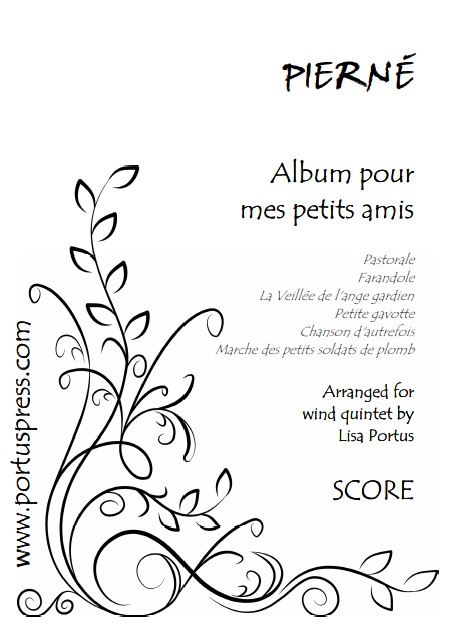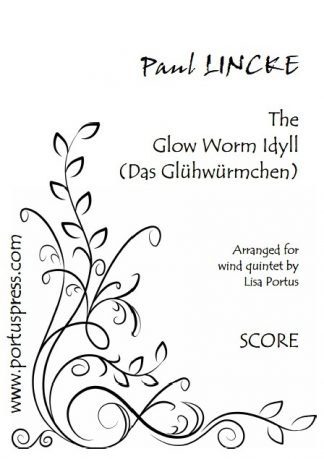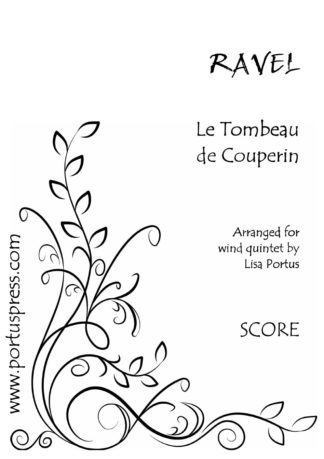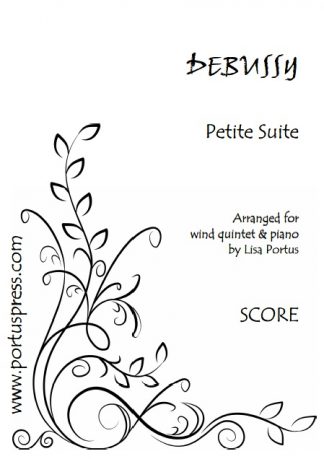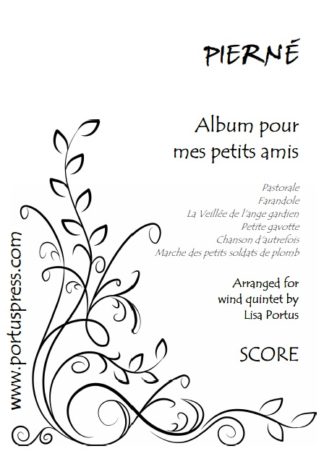Description
The French composer Gabriel Pierné (1863-1937) was a contemporary of Debussy and Ravel, by whom he has long been overshadowed. It must be said that his music is not in the same league as theirs, but, nonetheless, he did write some very attractive music. He was also an established conductor – conducting the world première of Stravinsky’s ballet, The Firebird, no less!
He wrote several operas and choral and symphonic pieces, as well as a good deal of chamber music. Of his smaller-scale works his March of the Little Lead Soldiers has enjoyed substantial popularity, particularly as an encore. This endearing little march originated from a set of piano pieces, dedicated to his friends’ children, entitled Album pour mes petits amis (Op. 14, 1887). In character it is not dissimilar to the much better known Children’s Corner by Debussy – but Pierné’s composition pre-dated Debussy’s by two decades. Unlike Debussy’s suite, Pierné’s album was written for children to play.
There are six movements: Pastorale, Farandole, La Veillée de l’ange gardien, Petite gavotte, Chanson d’autrefois, and Marche des petits soldats de plomb. After writing the piano version, Pierné went on to orchestrate the suite for a variety of groupings. Like the suite’s finale, the second and fourth movements were arranged for a small orchestra whilst the third and fifth movements were orchestrated for string orchestra. The first movement will already be familiar as a wind quintet: Pierné himself arranged the piece for that grouping, and this version remains virtually unchanged, save from the horn part is written in F.

